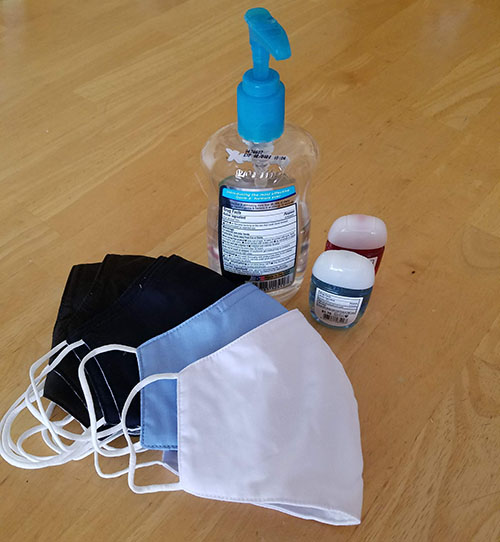
So many decisions are difficult this year. More than that, we are faced with difficult decisions on topics that didn’t require decisions last year or any of the years before that. One of these difficult decisions is the one parents have to make about sending their kids to school. Everyone has opinions. Many people are very adamant about theirs being correct and would like mandates requiring that their preferences be made the rule for every child and family. I’ve felt the pull of that myself, the fearful fury of “why can’t they see how stupid they’re being?” The problem is that each individual family has dozens (or hundreds) of variables that may not be visible from the outside. The families have to weigh all of those variables and try to chart the best course for their children through a terrain where all the paths are perilous. I’ve heard of parents who are oblivious and unconcerned about the pandemic, but I’ve not actually met any. All the parents I know have been struggling and weighing their choices. Some have landed on homeschooling, others will be sending their kids to classrooms. All of their decisions have been carefully considered. All of them are afraid of the consequences of the choice that they’ve made.
The thing that frustrates me is that it didn’t have to be this hard. In 1983 Salt Lake City Utah had a spring flood so bad that a sandbagged river was created through the streets of down town. It took a massive emergency effort to control the water and limit the damage it did. In 2011 the snow pack and spring flood conditions were nearly identical to 1983, but there was not a river through down town because millions had been spent installing flood pumps and overflow areas. Advance planning meant that people’s homes and businesses were safe from damage. Right now school administrators, teachers, and parents are frantically trying to figure out where to place the sandbags because the flood might be on its way and there aren’t any pumps or overflow areas in place. No amount of local sandbag stacking can do the work of advance planning. Parents, teachers, and kids are left in a situation where none of the available choices are good ones.
I’ve only got one school age kid. This is his senior year. Fortunately he’s completely uninterested in most of the trappings that typical teenagers want. He won’t care about canceled school dances or missed social events. He’s completely indifferent to a graduation ceremony. His indifference will make the coming year emotionally easier, because I expect to see most of those things continue to be canceled. Next spring’s graduations will look like the ones we had this past spring. The thing he does care about is having teachers to interact with, having a place to go where there are things to learn, and having access to a library of books. All of the things he cares about are easier to accomplish if he is in the classroom. I feel strongly that packing 30 kids into a classroom isn’t in the best public interest even in non-pandemic times. If he were at a school which planned full classrooms, our choice would be a clear “no.” With his smaller, alternative school that only has about 6 kids to a class… there are additional variables to weigh. The choices are not easy. Not for us, not for the staff at his school who work with kids who have been tossed into their hands as a last resort. These teachers watched kids slip through giant cracks when everything moved online. My kid was one of the ones who vanished in the cracks despite their best efforts and mine.
It is all experimental. Every district plan, every classroom plan, every family plan. None of us knows what will work and what won’t. Every plan is good for some people and bad for others. This was always true, of course, but now we see it all differently. We’ll muddle through, aborting some experiments, adjusting others. After the flood is over, we then need to spend time, effort, and money putting structures into place so that the next time we have a flood (be it pandemic or some other thing) life can continue undisrupted.